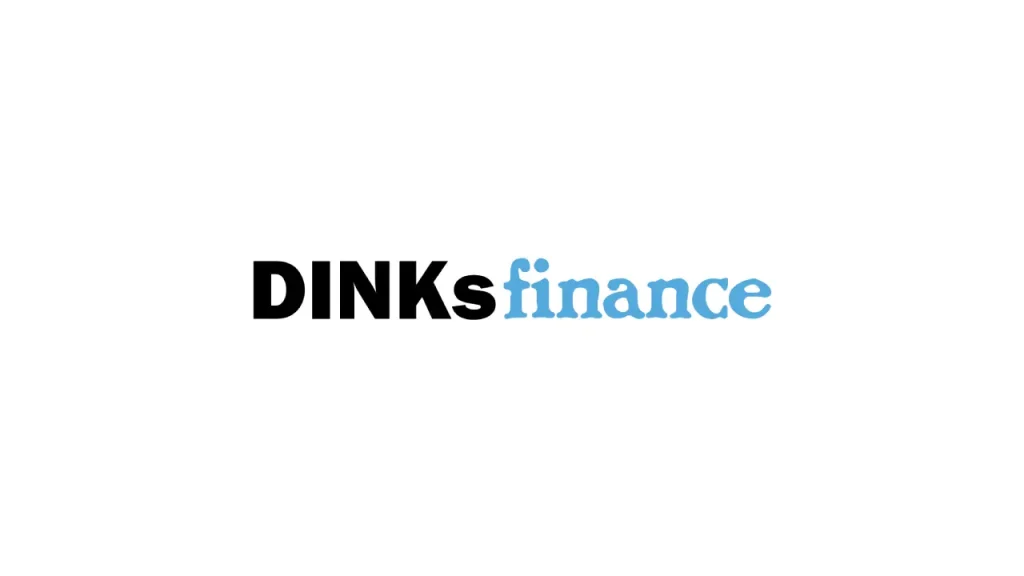
Blogging remains an income option in 2025, but success requires more effort, planning, and patience than in earlier years. Income figures, the number of active blogs, and the methods for making money from blogging keep changing each year. Here’s a factual look at how blogging works as a source of income now.
Comparing Blogger Earnings in 2025
Recent data from July 2025 shows wide differences in what bloggers earn. About 45% of bloggers make less than $100 each month, 33% make nothing at all, and only 21% earn between $100 and $1,000. Larger, more established blogs perform better, but there are not as many at that level:
- Beginner blogs with up to 10,000 monthly visitors usually earn $100 to $1,000
- Blogs with 10,000 to 50,000 visitors earn $1,000 to $5,000
- Established blogs with over 50,000 monthly visitors reach $5,000 to $20,000 or more
- Large authority blogs can make $200,000 to $1 million per month
Income is closely tied to traffic. Blogs with over 250,000 visitors per month frequently earn at least $6,250 each month. Those with only about 10,000 visitors usually make $250 each month.
How Much Content Is Needed?
It now takes more work to reach income goals. In 2025, a blog needs more than 300 published posts to make about $1,000 each month. In 2023, many hit this mark after writing 50 to 99 posts. By 2024, this number rose to over 100, and by 2025, blogs often need 300 or more posts. Bloggers with over 1,000 published posts average $7,982 a month, down from $11,579 in 2024. These numbers show that a new or small blog will likely see slow growth before reaching the higher earnings of the more established blogs.
Reader Growth and Audience Size
Over 409 million people read over 20 billion blog pages every month. About 77% of internet users in the United States read blogs, so the habit remains strong. Many people keep starting blogs, but the number of new readers and audience growth has slowed compared to the large increases seen years ago. This is partly due to people spending more time on social media, using short-form content, and reading newsletters.
Top Niches by Income and Audience
Some blog topics perform better than others. Food blogs lead in both income and audience, with a median income of $9,169 per month and the biggest share of high-traffic blogs (over 50,000 visits a month at 42.8%). Other strong categories include:
- Lifestyle (13.3% of high-traffic blogs)
- Travel (10%)
- Online business, which is often the most profitable niche
- Personal finance, which is nearly as strong
Data shows that about a third of all bloggers try to make money from their sites. Around 10% make over $10,000 each year. A very small number, about 0.6%, make over $1 million. Most who try to monetize make less than $100 per month.
Monetization Strategies: What Works Now?
Bloggers use many different ways to earn income. Google AdSense is still common, but more professional bloggers now rely on higher-value methods. Among those earning $7,500 to $25,000 per month, only a third of their income comes from ads, and nearly half is from affiliate marketing. The most successful bloggers (earning $2,000 or more each month) often use ad management services such as Mediavine or Adthrive, with 72% of them using these tools for better results.
In 2025, many blogs make more money from direct sales, such as selling digital products, courses, or consulting services. This has become more reliable and profitable than ads or affiliate income, especially in business, personal development, and education topics. Top earners also build large email lists and offer special online groups or training.
Infrastructure Choices Behind Successful Blogs
Many blogs with high traffic and stable income use high-performance platforms such as premium website builders, established content management systems, and managed hosting services. For example, food bloggers with over 50,000 visitors often invest in professional themes, enhanced security, and reliable plugins. Some opt for managed options like powerful wordpress hosting, while others choose scalable cloud servers or website builders like Squarespace and Wix, depending on their technical skills and budget.
Choosing proper infrastructure supports faster page loads and easier site management. These tools help reduce downtime, maintain high SEO performance, and handle increases in visitor numbers, which is often seen in growing and authority blogs.
Post Volume and Quality
In 2025, very few bloggers are able to reach high monthly earnings with only a few posts. To reach $1,000 per month, a blog usually needs over 300 posts. Writers who publish long-form content, posts with at least 1,500 words, see the most organic search traffic. Thorough guides, tutorials, and in-depth product comparisons rank better in search engines and attract more links and shares. Even so, only a small number of blogs publish this type of content often. This means that both quantity and quality are important.
Regional Income Differences
Blogger pay varies by location. Bloggers in the United States and Western Europe make more on average than those in other regions. These higher earnings are due to larger ad budgets and easier access to payment methods.
Top Earners: What Sets Them Apart?
A small share of bloggers reach a high income. These blogs:
- Focus on content-rich, high-interest niches: food, business, finance, lifestyle, travel
- Are updated often, sometimes posting several times per week
- Make use of advanced tools and AI
- Invest in paid help, such as freelance writers, editors, and technical support
- Use more than ads, selling products, courses, and personal services
Top-earning bloggers often spend much more money on their business. According to reports, high-income bloggers pay up to 3.6 times more for content and tools than others.
Is Blogging Still a Good Money-Making Option?
Blogging in 2025 offers a path to income, but the route takes time and hard work. Most people who start a blog earn little or nothing. Profitable sites usually have hundreds of posts, steady traffic, and use several sources of revenue, not just ads. Food, online business, personal finance, lifestyle, and travel are among the best categories for earning and audience size. Success in 2025 depends on picking the right niche, writing useful and long-form posts, using new tools, and trying more than one earning method.








